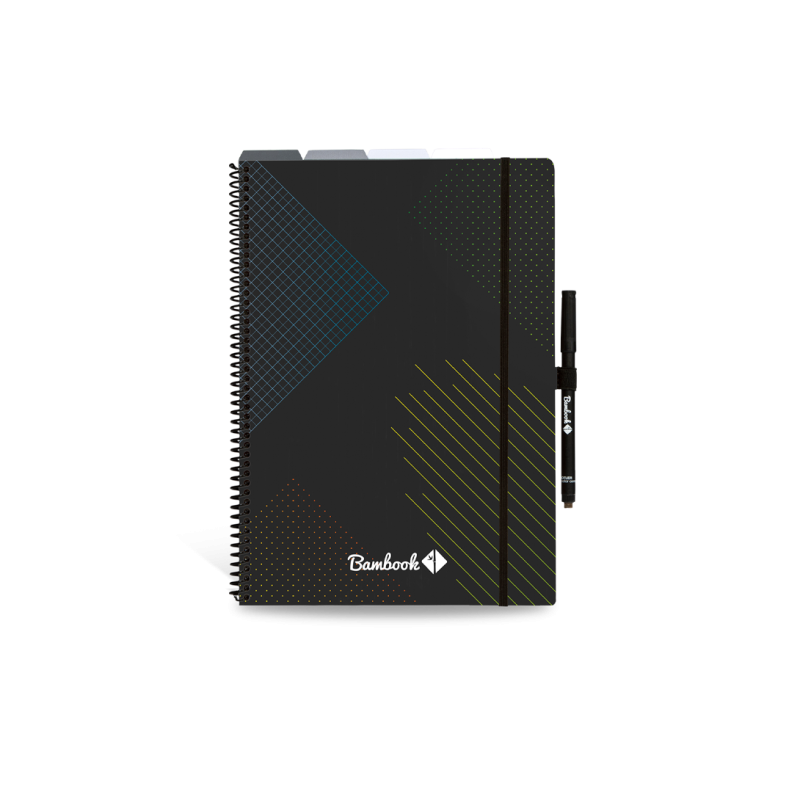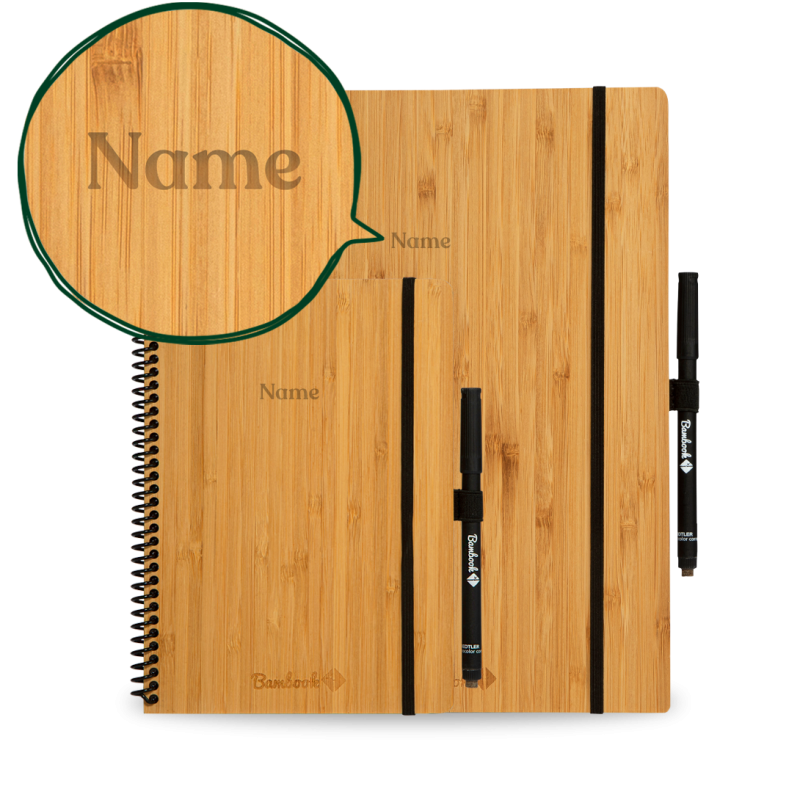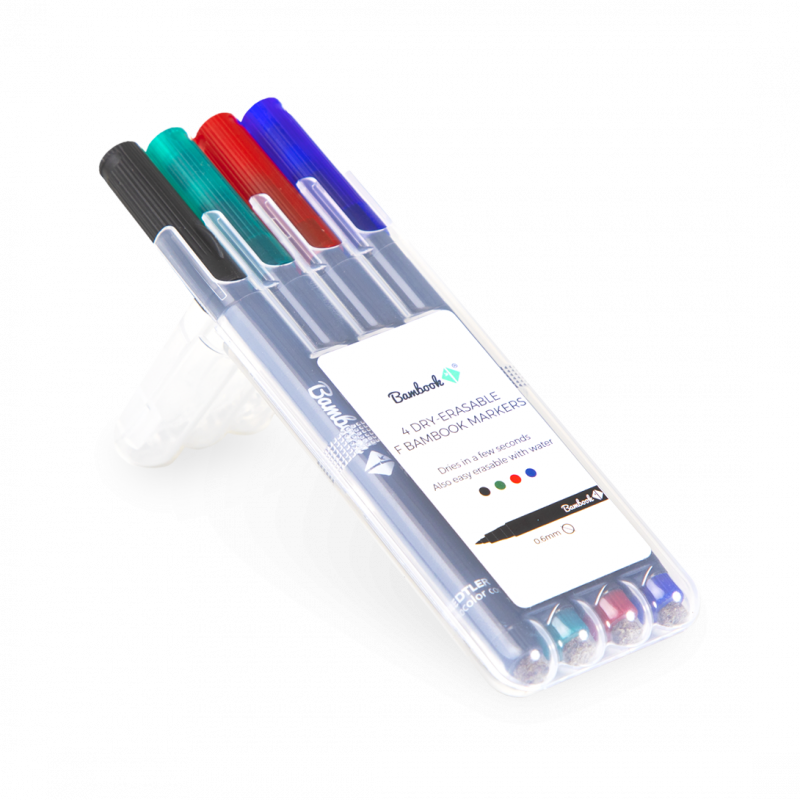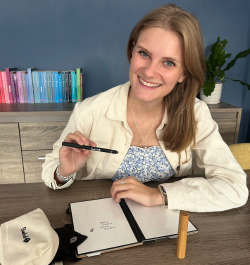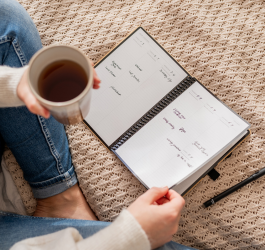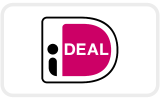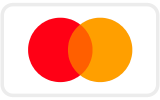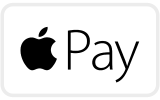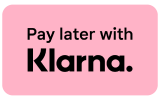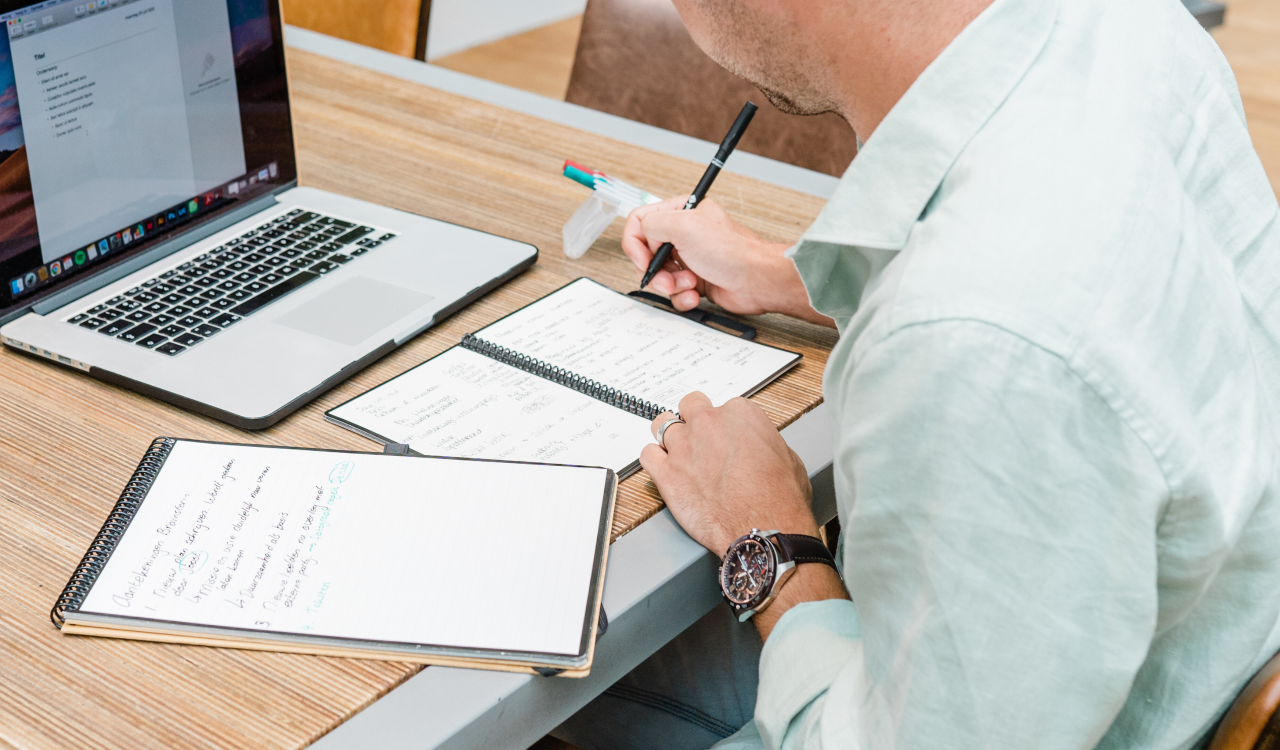
The 8 Best Note-Taking Methods
Upgrade your skillsSmart note-taking methods: While it can be tricky, it doesn't have to feel like rocket science. How often have you seen your pages turn into a big jumble of half sentences, arrows, loose terms, boxes, side notes, and, and, and... Fortunately, the solution is not far away. Improve your note-taking methods with these quickly applicable tips!
In this blog, you'll learn:
- Why it’s important it is to take notes
- Why it's better to have handwritten notes
- The 8 best ways to take notes
Why note-taking is important
It’s sad, but true: Humans are becoming less ‘good’ at remembering things than we once were. It’s not surprising considering how much information we are consuming on a daily basis.
Hermann Ebbinghaus did research on this and came up with the Forgetfulness Curve. Did you know that within 24 hours of having a meeting or attending a lecture, you have already forgotten more than half of what you had heard?
This is exactly why taking notes is so important. It helps you process information and remember more.

Note-taking Methods: the 3 biggest Mistakes We Make
So, the point is, take notes. But why don't we learn this at school? After all, taking smart notes is good for your information processing. It helps you work efficiently and productively, which will benefit you for the rest of your school and work career. Nothing is more annoying than reading notes you’ve made, but not making sense of what you wrote.
Here's what often goes wrong:
❌ Too chaotic and it’s written sloppily (no page structure)
❌ Not concrete enough (too little written down)
❌ No focus (too much written down)
The 8 best note-taking methods offer you tools guaranteed to eliminate these three pitfalls.
Why it's better to have handwritten notes
First things first: how do you actually take your notes? Because research shows that handwritten notes have many advantages over digital note-taking.
Writing by hand activates different parts of your brain compared to typing. Thus, writing by hand is conducive to memory, your creativity and creates peace of mind. This blog explains how!
Waste-free note-taking with a sustainable notebook
Let's go green! Many people are switching to digital note-taking for sustainability reasons. After all, a laptop or tablet doesn't waste paper. But wait a minute!
With Bambook, you can make handwritten notes without any waste. Once you've processed the information (digitally), you wipe the pages clean and can start over in the same notebook: an empty trash can, in other words. If you're curious about how that works, read this blog.
Which note-taking method is best?
Which note-taking method you use depends very much on the type of information you are processing. For example, whether the information is presented in a structured way, or whether all sorts of individual items are named during a meeting, makes a big difference.
Your favourites
for the very best notesThe 8 Best Methods To Take Notes
Fortunately, there are proven effective methods for taking notes. Which ones will you try?
1. Sentence method
The easiest method to give a try: the Sentence method. Here, each new note you should write the next line. This method avoids long, complex paragraphs. Phew.
By breaking down the new information into short sentences, it nearly comes together. You already divide the amount of information into small pieces. So unconsciously, you already distinguish different types of information: that's where structuring begins.
This method works best when you get a lot of factual and unstructured information that you want to process later.

2. The Outline method
With the Outline method, you structure your information a little more than with the Sentence method. You are already consciously thinking about main and secondary issues while writing them down.
You start by writing the core message and structuring the less important sentences below. This can be done with Roman numerals, arrows, and bullet points, for example.
If you hear several facts about the same subject, it is useful to put them together already. You can break them down further and further into sub-summaries - according to how important the information is.
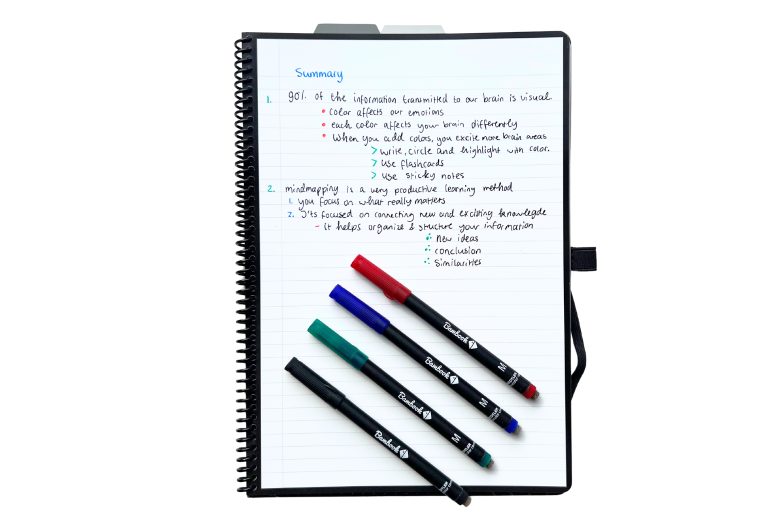
3. The Cornell method
Another helpful, but different way of listing is known as the Cornell method. Here the type of information determines where it goes on the page. You divide your page into 3 boxes, and you add different information to each box. What kind of information you place in which box is up to you, but for example:
In box 1 the most important notes, in box 2 your questions/brainstorming, and in box 3 a summary. Or rather, add the notes, the takeaways, and to-do's.
The Cornell method works well during meetings, especially when there is an exchange of information.

4. Boxing method
For all ‘Studygram’ fans, bullet-journalers or those who love aesthetic notes: the Boxing method is a good tip for you! The nice thing is that this method also provides space for a small drawing or picture.
With the Boxing method, notes are clustered in different boxes. There is enough space for both text and an image. In this way, just like mind mapping, you are visualizing your notes. This helps with processing the information better.

5. Charting method
With the Charting method, you process (guess what...) information in tables. This method works best when the information already comes to you fairly structured.
It is an ideal way to highlight different types of concepts, and easily point out differences or similarities. For example, you can see a year at a glance, compare advantages and disadvantages, or specify features that a particular concept has.

6. Flow method
When it comes to noting chronological information or processes, the Flow method works very well. You start at the top of the page and work through toward the bottom.
With arrows down the side, you are able to indicate what comes first and what comes next, or what side effects are. You map out the information clearly. Also, you write in key phrases and terms, with room for drawings to visualize the information.

7. Mind mapping method
The Mind Mapping method is probably already familiar to you. The idea of a mind map is that you work from one keyword at the center of your page. From there, you write all kinds of subtopics around this theme.
It's a great method to jot down many different types of ideas and concepts (for example, during a brainstorming session) and later connect them together using arrows or lines. This is ideal for when you are working on a creative project.

8. Q/E/C Note-Taking Method
Want to take notes to study them later? Then try the Q/E/C method. Q/E/C which stands for Question, Evidence, Conclusion, or Question, Facts, Conclusion.
With this method, you process your information directly. It's a method you can use when you have more time to take notes. Essentially, you turn the main topic into a question. Then you answer with several facts below and write a concluding sentence or two.
It is a smart method if you need to study this information often, or want to know things off by heart. This is because you learn the literal question with an answer, so you can answer it in all scenarios. This is great for if you're good at "cramming" information or have a photographic memory.

